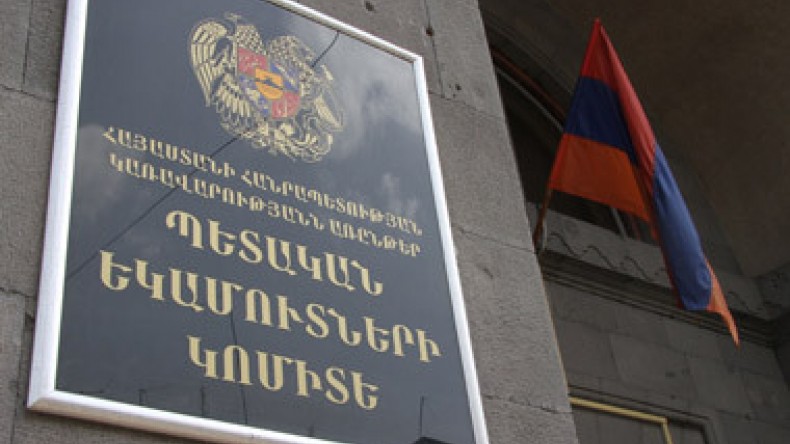


ArmInfo. The Armenian Tax Code, which entered into force on January 1, 2018, offers the business community more sophisticated mechanisms of taxation, says Vakhtang Mirumyan, deputy chairman of the State Revenue Committee of Armenia. "The proposed tools will replenish current business funds by 80-90 billion drams," he said at a meeting with journalists on February 20.
According to the deputy head of the Committee, for the first time in the history of the independent tax system of Armenia, a mechanism for the return (calculation) of value-added tax (VAT) applies to both exporters and entrepreneurs within the country. "Within 20 days in the SRC received 14 applications for a refund of VAT in the amount of 1.4 billion AMD. If the applications are approved, the amount will be returned to the business, thereby providing them with additional working capital," Mirumyan said.
In addition, since the beginning of this year, imports of cars, equipment and raw materials for industrial purposes are carried out without VAT at the customs border. According to the statistics of the Committee for January, the volume of unpaid VAT at the customs border amounted to about 3 billion drams. In the annual section, the figure will reach 40-45 billion drams.
Another provision of the NK of Armenia is aimed at increasing the attractiveness of exports from Armenia to third countries. "If the company imports goods to Armenia and exports to other countries, then VAT is not levied on the Armenian customs border," the representative of the tax and customs authority explained. Taxes have also been released from cars registered in a foreign country - henceforth a tourist visiting Armenia will not pay road tax.
Turning to the new regulations on the income tax, Vakhtang Mirumyan noted that the depreciation opportunities provided by the TC are aimed at implementing investment programs by business entities. At the same time, according to the deputy chairman of the SRC, an important step towards the business was the introduction of an alternative system of prepayment of profit tax, due to which taxpayers are not obliged to make quarterly prepayments of 25% of the actual profit for the previous year, if this year expects profits in a smaller volume. In addition, business entities are henceforth given the opportunity to reduce their spending, carried out abroad, on advertising, marketing and retraining of the staff in full and without restrictions.
The next innovation within the framework of the Tax Code is articles on individual entrepreneurs. As noted by Mirumyan, IE, functioning in the general tax field, the Tax Code provides an opportunity to pay income tax at a rate of 20%, instead of income tax of 24.4%. The document also eliminates the need to collect and further calculate the amount for excise stamps.
As for the cardinal changes in the sphere of tax administration, according to Mirumyan, the new tax legislation allows businesses to submit updated data during the inspections while at the same time relieving them of responsibility. At the same time, as the deputy chairman of the SRC, the agency refused to cross- check, and the businessman was given more time to appeal against the acts following the results of the inspections. Thus, according to Vakhtang Mirumyan, the responsibility for committing a tax offense has been significantly reduced.